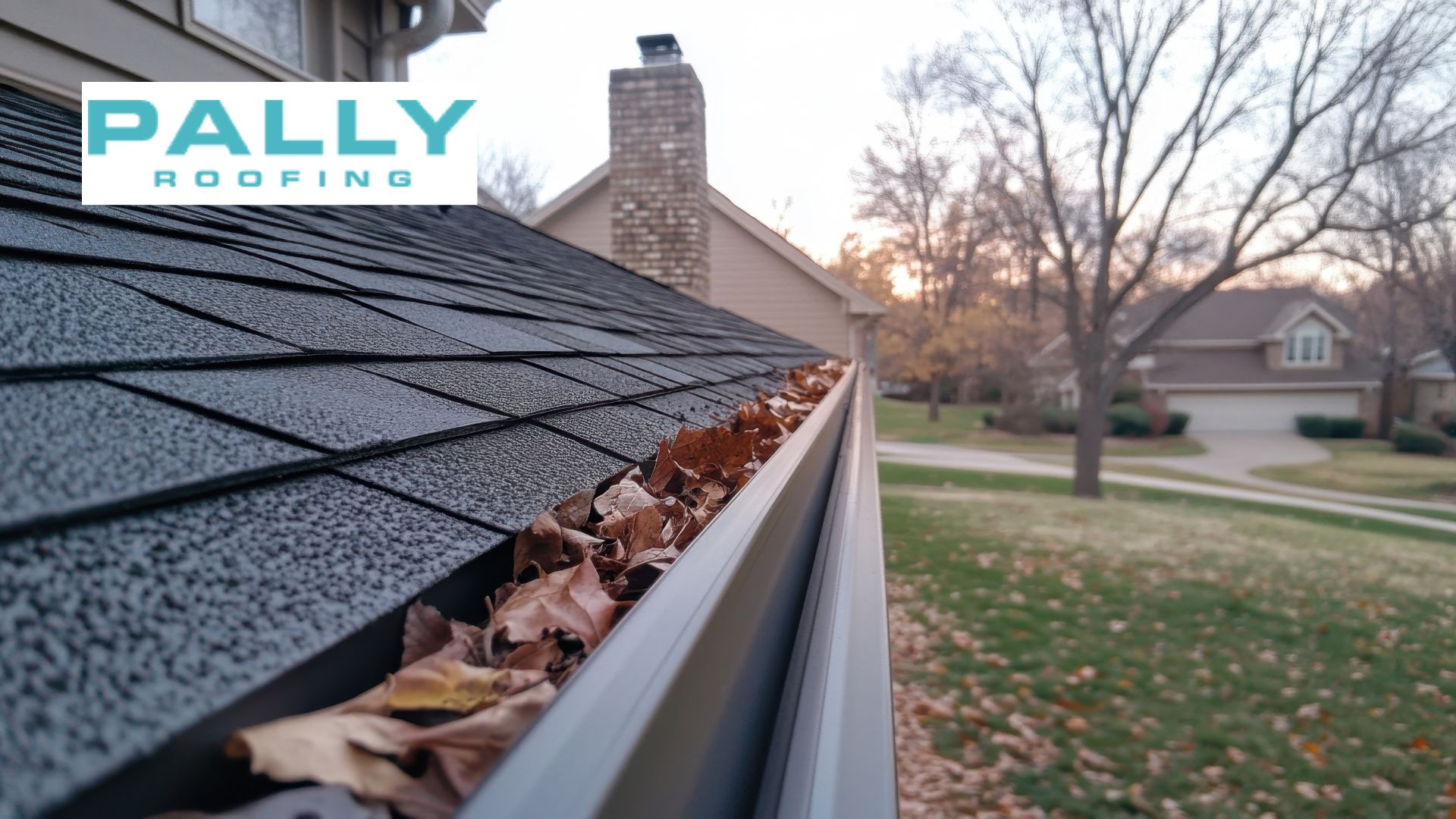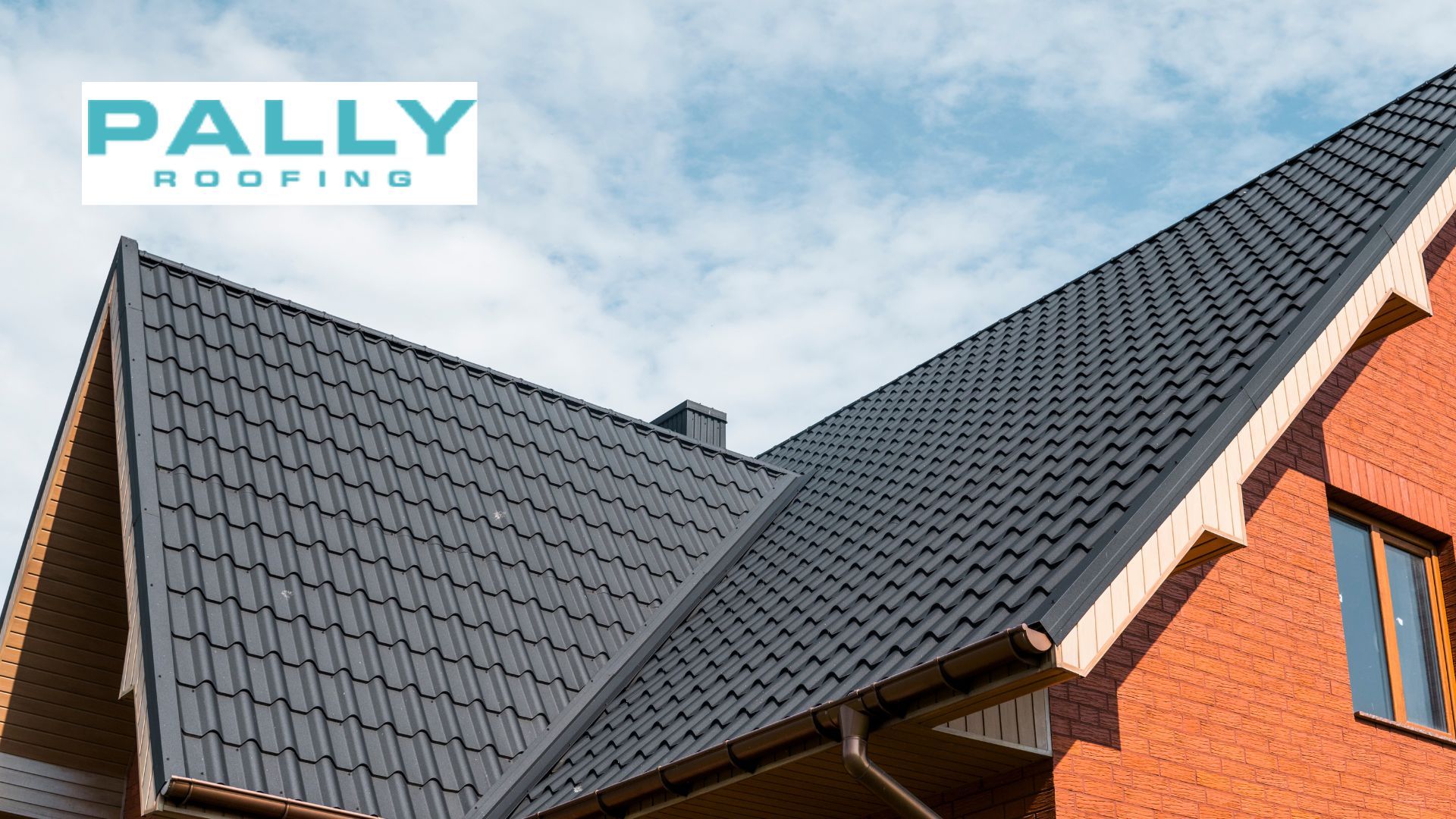Last updated on October 7th, 2024 at 02:07 pm
A leaky roof may seem like a minor inconvenience, but it can lead to serious, costly damage if not addressed quickly. From structural weakening to mold growth and electrical hazards, even small leaks can cause significant problems over time. As water seeps into your home or commercial property, it threatens the integrity of the building and the health and safety of everyone inside.
Table of Contents
In this article, we will explore the dangers of roof leaks and why taking immediate action is essential when you spot one. By the end, you’ll be well-informed about identifying early signs of leaks, their risks, and the importance of hiring professionals to handle repairs, empowering you to protect your home.
For homeowners in Ohio, Pally Roofing offers expert services to resolve roof leaks before they become significant issues. Whether you need Full Roof Replacements for asphalt or metal roofs or Roofing Repairs for existing leaks, Pally Roofing’s experienced team is ready to provide top-quality service.
Why Roof Leaks Happen
Roof leaks are often the result of everyday wear and tear or specific damage to critical components of the roof. Damaged shingles from storms or high winds can leave gaps, allowing water to seep. Flashing issues—the metal pieces that seal joints and seams—can cause leaks if they become loose or deteriorate over time.
Clogged gutters also lead to roof leaks by preventing proper water drainage, causing water to back up and pool on the roof. Lastly, aging roofs weaken over time, making them more susceptible to leaks as materials degrade.
Environmental factors like heavy rain, snow, and ice dams (when ice builds up and blocks proper drainage) significantly contribute to roof leaks. Different climates across the U.S. can exacerbate these issues, with humid or rainy regions seeing more leaks due to constant moisture while colder areas face ice-related problems. Proper maintenance and inspections are essential to prevent leaks in any environment.
The Dangers of a Leaky Roof
A leaky roof can lead to a wide range of serious issues for your home’s structure and its occupants’ health and safety. Here are some of the most significant dangers:
Structural Damage
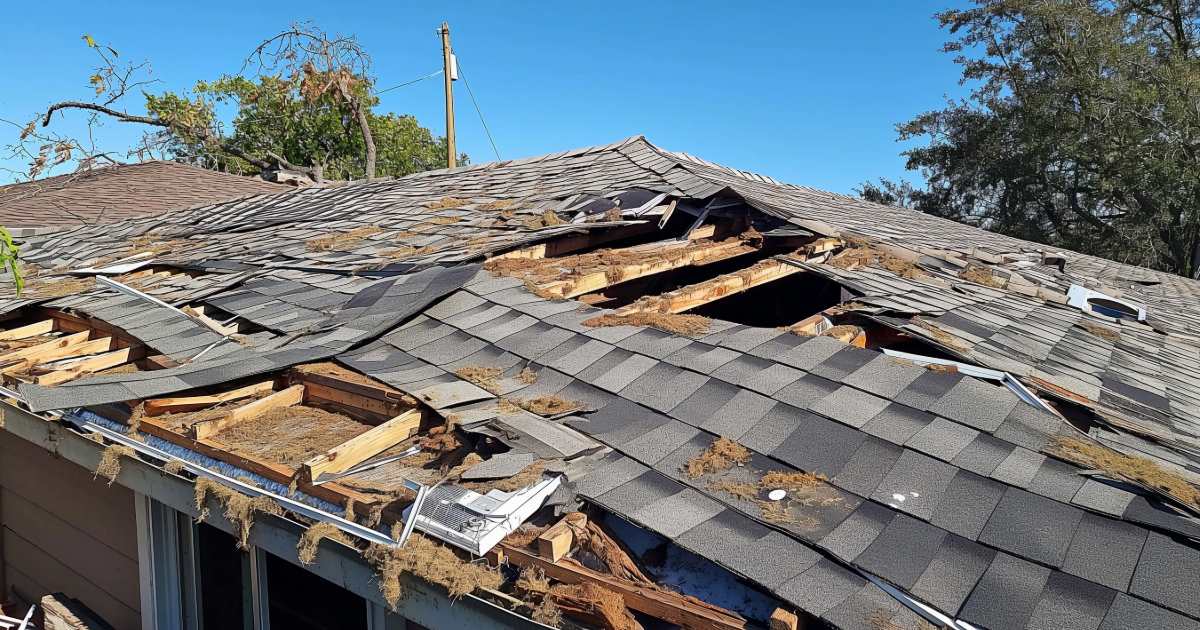
Water from a leak can seep into your roof decking, walls, insulation, and ceiling, weakening these critical components over time. As the moisture spreads, it compromises the integrity of the building, leading to expensive repairs that escalate the longer the leak is left unaddressed. What might start as a minor issue can turn into a full-blown structural repair.
Mold and Mildew Growth
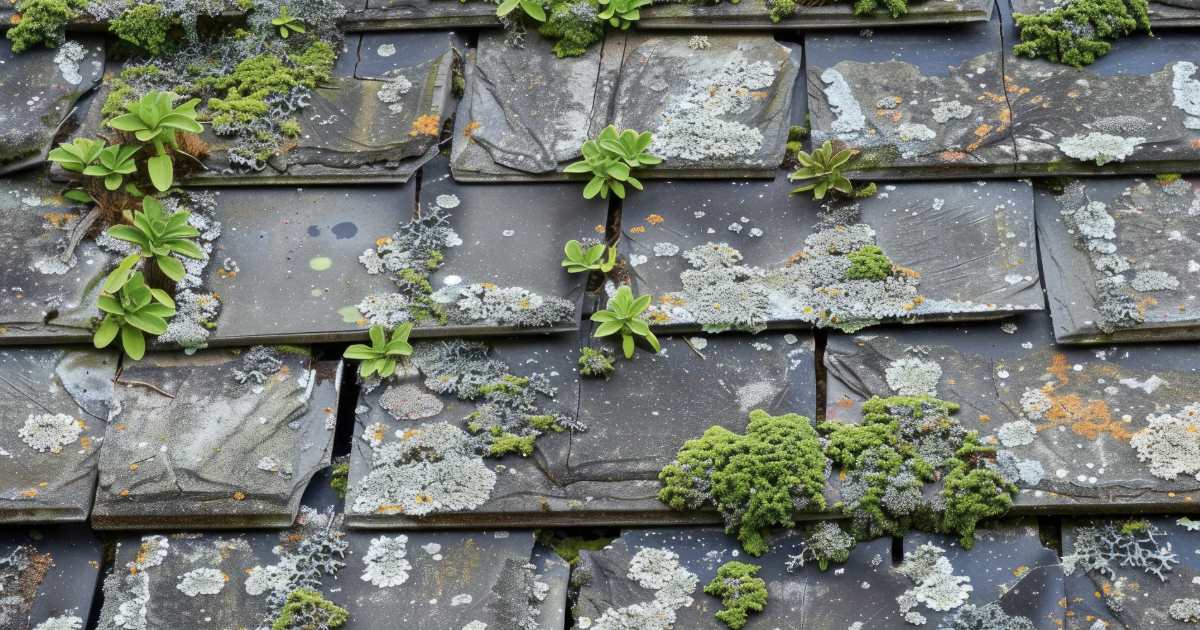
The most concerning consequences of a leaky roof are mold and mildew growth. Moisture from leaks creates the perfect environment for mold to thrive in hidden areas, such as behind walls or under flooring. Mold poses serious health risks, including respiratory issues and allergic reactions, especially for people with asthma or allergies.
Electrical Hazards
As water from leaks travels, it can contact electrical systems, leading to short circuits, fire risks, and appliance damage. Water near wiring or electrical outlets significantly increases the chance of dangerous situations, posing a severe danger to the safety of your household.
Interior Damage
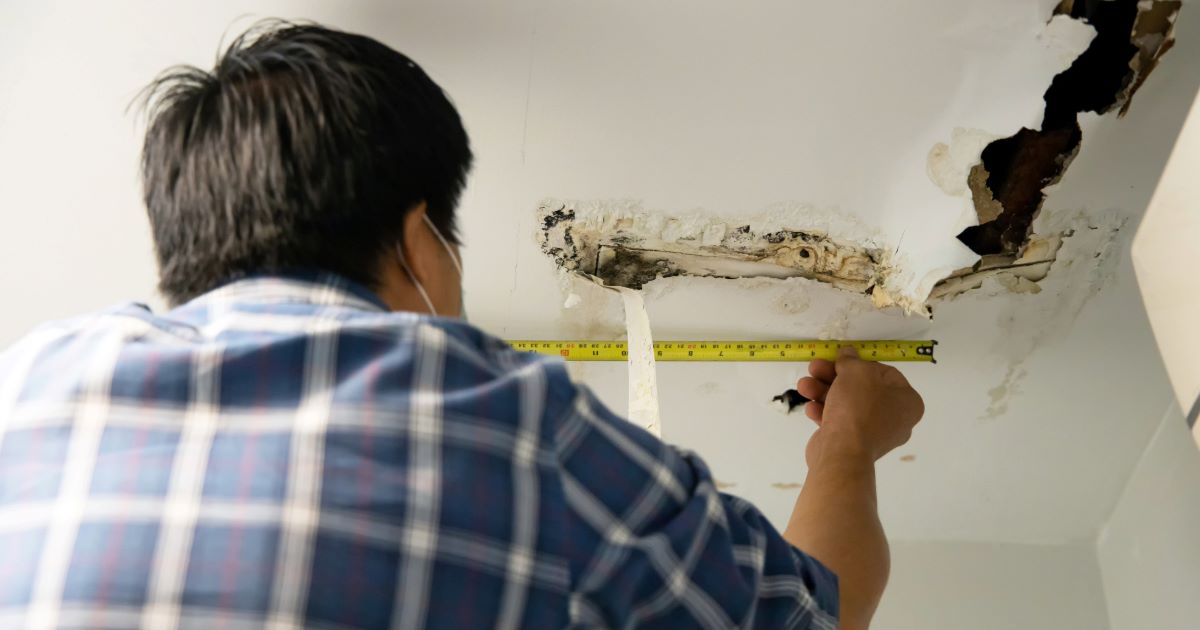
Leaky roofs don’t just affect the structure—they also damage your furniture, flooring, and personal belongings. Water can ruin wooden floors, warp furniture, and destroy valuable items. Continuous leaks can result in irreparable damage to your home’s interior.
Decreased Property Value
Untreated leaks can visibly damage your home, leaving stains, sagging ceilings, and other unsightly signs of water damage. These issues deter potential buyers and can significantly lower the property’s value, especially if significant repairs are required before selling.
Acting quickly to repair a leaky roof is crucial to avoid these dangers and maintain your home’s safety, integrity, and value.
Long-Term Consequences of Ignoring Roof Leaks
Escalating Repair Costs
Ignoring a minor roof leak can quickly lead to expensive structural damage. Over time, water can weaken the roof’s foundation, damage walls, and lead to rot or decay, resulting in costly repairs that far exceed the price of fixing a small leak early on.
Decreased Energy Efficiency
Leaky roofs often result in damaged insulation, which reduces your home’s ability to maintain a consistent temperature. This forces heating and cooling systems to work harder, driving up energy bills and making your home less energy-efficient over time.
How to Spot Early Signs of a Roof Leak
Visible Signs
The first signs of a roof leak are often visible inside your home. Water stains on ceilings are a clear indicator of moisture seeping in from above. Due to trapped moisture, you may also notice peeling paint on walls or ceilings. Another telltale sign is musty odors, which suggest mold growth from a hidden leak. Keep an eye on missing or damaged shingles outside, as these can create openings for water to penetrate your roof.
Regional Insights
Climate plays a crucial role in how leaks manifest. In snowy regions, leaks might be more challenging to spot until the snow melts and water begins to seep in. In humid areas, leaks may lead to quicker mold growth, making musty odors a faster warning sign. Each climate requires different attention, but awareness of these indicators can help prevent more significant issues.
Preventive Measures and Maintenance Tips
Regular Maintenance
It’s crucial to schedule seasonal roof inspections to prevent leaks, especially before and after storms. Regular inspections help identify potential weak spots or damage caused by weather, allowing for timely repairs before leaks develop.
Gutter Cleaning
Clogged gutters can cause water to pool on your roof, eventually causing leaks. Cleaning gutters regularly ensures water is properly channeled away from your home, reducing the risk of roof damage.
Proper Ventilation
Proper attic ventilation is essential to prevent moisture buildup, which can cause condensation and lead to leaks. Good airflow reduces the risk of trapped moisture, protecting your roof’s integrity.
Practical Tips for Leak Prevention
Regularly check for signs of wear and tear, like damaged shingles or cracked flashing. Don’t wait for leaks to appear—schedule professional roof inspections to catch problems early and ensure your roof remains in top condition.
How to Respond to a Roof Leak
Immediate Steps
When you first discover a roof leak, acting quickly is essential. Use tarps or other temporary fixes to cover the affected area and stop further water from entering. Additionally, valuable belongings should be moved out of harm’s way to prevent water damage.
Contacting a Roofing Professional
While temporary solutions help, the real fix comes from calling a professional roofer immediately. Quick action prevents the leak from worsening, saving you from more significant structural problems and higher repair costs. The sooner you address the issue, the less damage your home will sustain.
The Importance of Hiring a Professional for Roof Leak Repair
Why DIY Solutions Can Be Risky
While DIY solutions might seem cost-effective, roof leak repairs are often complex and dangerous. Climbing on the roof without proper safety gear can lead to accidents, and inexperienced repairs can fail, worsening the leak. Improper fixes may also void warranties or cause further damage.
Benefits of Working with a Certified Roofing Contractor
Certified roofing contractors offer the expertise needed to identify the root cause of leaks and fix them properly. They also provide warranties for their work, giving you peace of mind. Professionals ensure that all repairs are done safely without risking your property or personal safety.
Roof Leak Insurance Claims
Understanding Coverage
Homeowners’ insurance may cover roof leak repairs, but coverage often depends on the cause of the leak. Your insurance is more likely to assist if the leak is due to a covered peril, such as a storm. However, leaks from lack of maintenance or wear and tear may not be covered.
Tips for Documenting Damage and Filing Claims
To initiate an insurance claim, thoroughly document the damage with photos and detailed notes. Record the date you discovered the leak and any temporary measures taken. Contact your insurance provider promptly to begin the claims process, and provide them with all necessary documentation to support your claim.
The Importance of Documenting the Damage Thoroughly
Thorough documentation is crucial, as it serves as evidence to support your claim and helps ensure you receive the compensation needed for repairs. The more detailed your records, the smoother the claims process will be.
Conclusion
Ignoring roof leaks poses significant dangers, including structural damage, mold growth, electrical hazards, and interior damage to your belongings. These risks compromise your home’s safety and can lead to escalating repair costs and decreased property value.
If you suspect a roof leak, don’t wait. Ohio homeowners are encouraged to contact Pally Roofing for a free inspection and prompt repair services. For those outside Ohio, remember to seek out trusted contractors in your area to ensure your roof is in good hands. Protect your home by addressing leaks promptly and effectively!
Author
-

With more than 16 years of hands-on experience, Phillip Schmucker is the knowledgeable owner of Pally Roofing. His dedication to superior roofing services has earned him a reputable place in the industry. Phillip also shares his extensive expertise through writing, providing readers with practical tips and professional advice on various roofing topics. Follow him on LinkedIn.
View all posts


